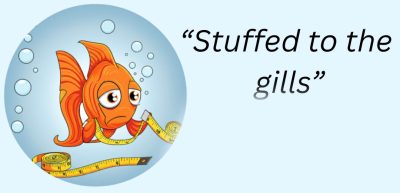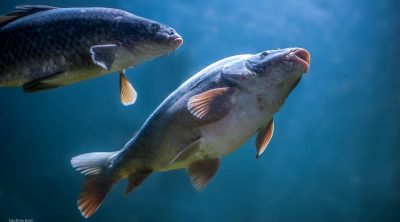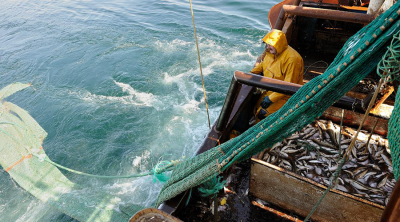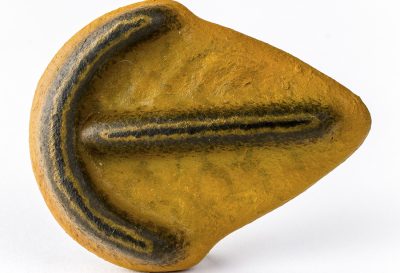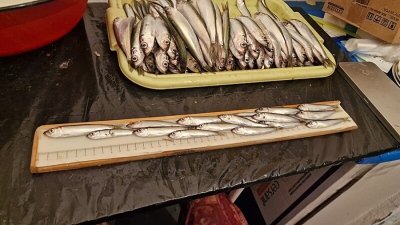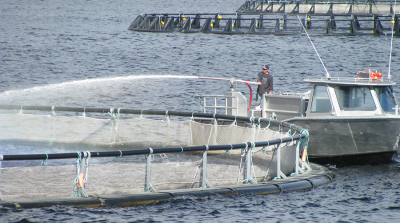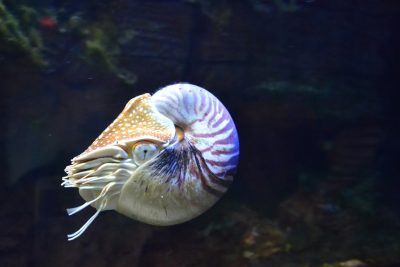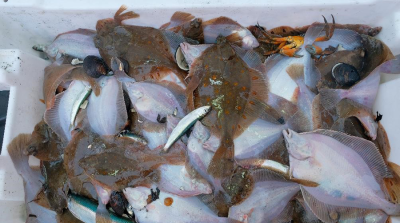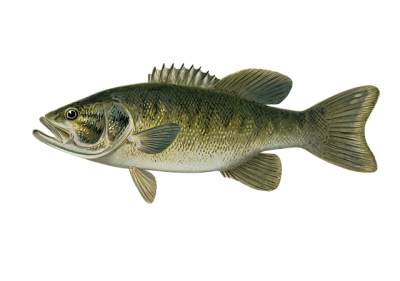We present “Ocean Idioms” to teach you about our oceans
In honour of World Ocean Day, we present OCEAN IDIOMS!
New study reinforces link between gill size and oxygen uptake in fish
Data from 33 fish species further supports the argument that small differences between fish’s oxygen consumption increase and gill surface area growth do not invalidate the principles of the Gill Oxygen Limitation Theory (GOLT).
Fisheries disrupt balance of marine nutrients in countries’ Exclusive Economic Zones
The 4 billion tonnes of marine organisms that global fisheries extracted from the ocean between 1960 and 2018 resulted in the depletion of over 560 million tonnes of essential nutrients vital to ecosystem health.
Ancient seafloor creature grew like modern marine invertebrates – study
New research shows that the growth and lifespan of Parvancorina minchami, small anchor-shaped animals that lived on the seafloor about 550 million years ago, was about four years, that they could reach close to 20 millimetres in length, and that their pace of growth was similar to that of small recent invertebrate.
Student Profile: Anna-Luna Rossi
Anna is a second-year PhD student at the Institute for the Oceans and Fisheries under the supervision of Daniel Pauly. Her research focuses on understanding the fisheries and their impact on the marine ecosystem in the archipelago of Saint Pierre and Miquelon to infer relevant fishery regulations.
Taking seriously the explanations on shrinking fish in a warming world
Given that the temperature increase and fish shrinking trends are not slowing down, the debate around the mechanistic models that explain their causes has become nothing but heated.
Global North’s growing appetite for farmed salmon imperils communities’ access to local fish
The growing appetite for expensive farmed salmon can leave coastal communities struggling to access affordable local fish like sardines and anchovies
New FCRR: Marine and Freshwater Miscellanea V
This report presents a valuable collection of studies that contribute to both foundational research and impactful discussion in fisheries science and marine ecology.
Fisheries Research Overestimates Fish Stocks
As the abundance of global fish populations continues to deteriorate, top fisheries researchers are calling for simpler yet more accurate stock assessment models that avoid overly optimistic scientific advice, which ends up encouraging overfishing.
Reconstruction of Freshwater Fisheries Catches: Canada, Minnesota (USA), and ASEAN Countries
New Fisheries Centre Research Report just released, from Sea Around Us.
